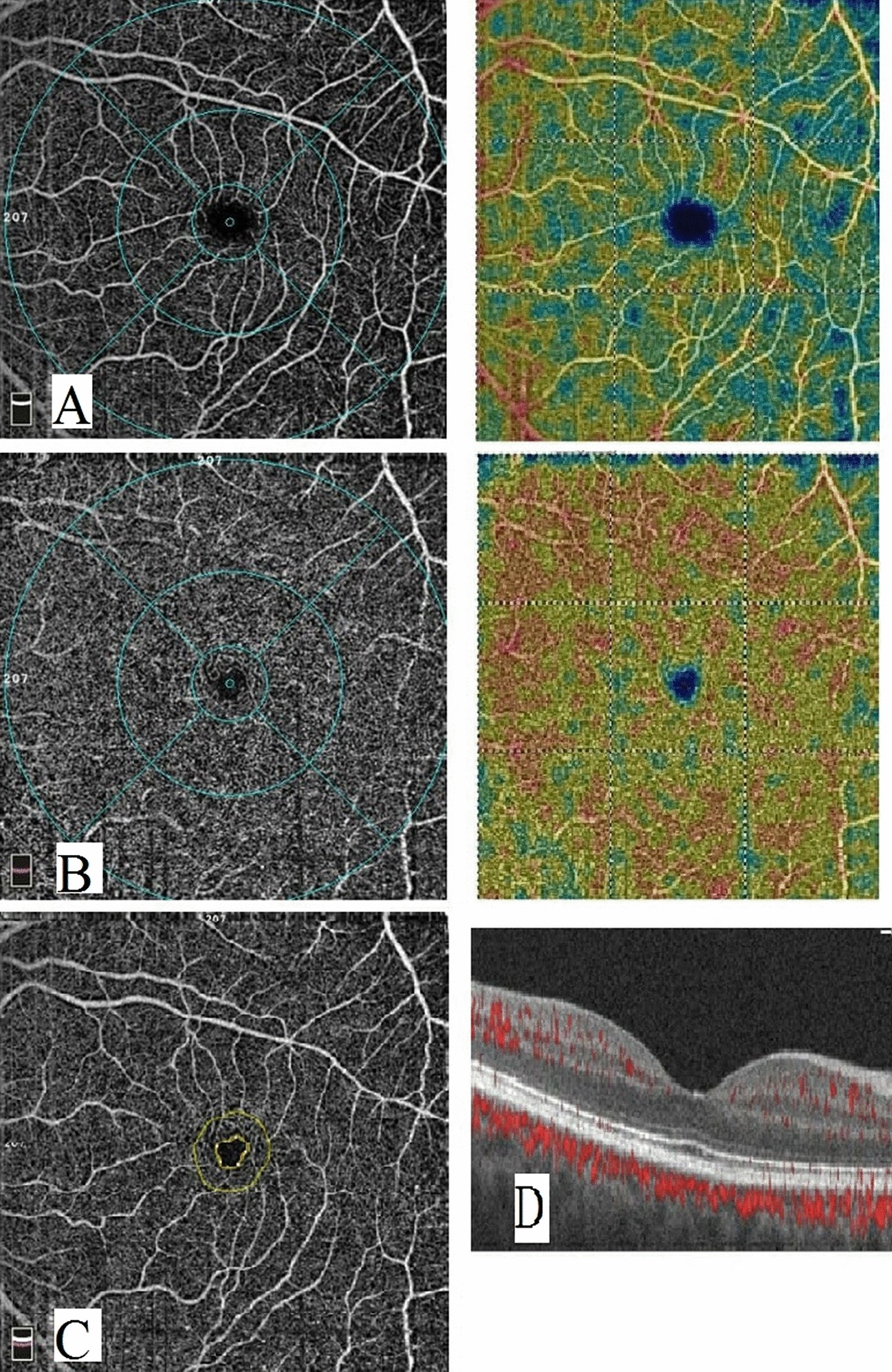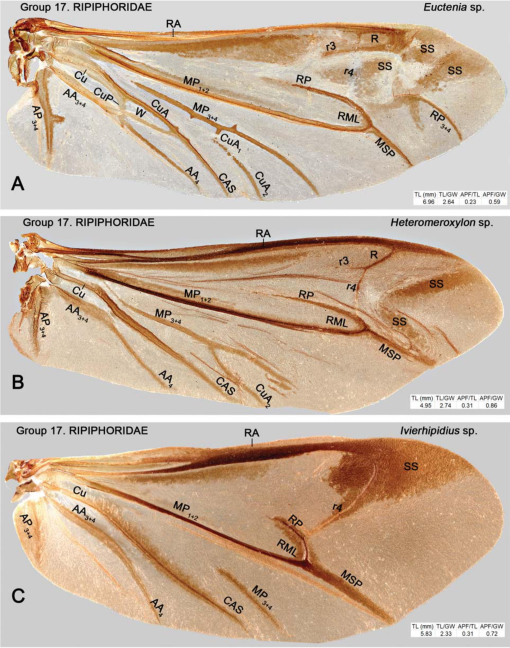Recruitment of toxin-like proteins with ancestral venom function supports endoparasitic lifestyles of Myxozoa [PeerJ]
Por um escritor misterioso
Last updated 11 novembro 2024
![Recruitment of toxin-like proteins with ancestral venom function supports endoparasitic lifestyles of Myxozoa [PeerJ]](https://dfzljdn9uc3pi.cloudfront.net/2021/11208/1/fig-7-full.png)
Cnidarians are the oldest lineage of venomous animals and use nematocysts to discharge toxins. Whether venom toxins have been recruited to support parasitic lifestyles in the Endocnidozoa (Myxozoa + Polypodium) is, however, unknown. To examine this issue we variously employed transcriptomic, proteomic, associated molecular phylogenies, and localisation studies on representative primitive and derived myxozoans (Malacosporea and Myxosporea, respectively), Polypodium hydriforme, and the free-living staurozoan Calvadosia cruxmelitensis. Our transcriptomics and proteomics analyses provide evidence for expression and translation of venom toxin homologs in myxozoans. Phylogenetic placement of Kunitz type serine protease inhibitors and phospholipase A2 enzymes reveals modification of toxins inherited from ancestral free-living cnidarian toxins, and that venom diversity is reduced in myxozoans concordant with their reduced genome sizes. Various phylogenetic analyses of the Kunitz-type toxin family in Endocnidozoa suggested lineage-specific gene duplications, which offers a possible mechanism for enhancing toxin diversification. Toxin localisation in the malacosporean Buddenbrockia plumatellae substantiates toxin translation and thus illustrates a repurposing of toxin function for endoparasite development and interactions with hosts, rather than for prey capture or defence. Whether myxozoan venom candidates are expressed in transmission stages (e.g. in nematocysts or secretory vesicles) requires further investigation.
![Recruitment of toxin-like proteins with ancestral venom function supports endoparasitic lifestyles of Myxozoa [PeerJ]](https://dfzljdn9uc3pi.cloudfront.net/2021/11208/1/fig-4-2x.jpg)
Recruitment of toxin-like proteins with ancestral venom function supports endoparasitic lifestyles of Myxozoa [PeerJ]
![Recruitment of toxin-like proteins with ancestral venom function supports endoparasitic lifestyles of Myxozoa [PeerJ]](https://d3i71xaburhd42.cloudfront.net/0b9b75535bc19c1335b426b0260e271a0c2bddea/7-Table2-1.png)
PDF] Tentacle Transcriptome and Venom Proteome of the Pacific Sea Nettle, Chrysaora fuscescens (Cnidaria: Scyphozoa)
![Recruitment of toxin-like proteins with ancestral venom function supports endoparasitic lifestyles of Myxozoa [PeerJ]](https://www.mdpi.com/marinedrugs/marinedrugs-20-00686/article_deploy/html/images/marinedrugs-20-00686-g001-550.jpg)
Marine Drugs, Free Full-Text
![Recruitment of toxin-like proteins with ancestral venom function supports endoparasitic lifestyles of Myxozoa [PeerJ]](https://d3i71xaburhd42.cloudfront.net/2853ac91ebbf41f2e3f60fd25e936c2eabfb6ea6/8-Figure5-1.png)
PDF] Parallel Evolution of Complex Centipede Venoms Revealed by Comparative Proteotranscriptomic Analyses
![Recruitment of toxin-like proteins with ancestral venom function supports endoparasitic lifestyles of Myxozoa [PeerJ]](https://d3i71xaburhd42.cloudfront.net/b9026b9bfda0757d60bbf70d584338de7d1239d3/3-Figure1-1.png)
PDF] Solenodon genome reveals convergent evolution of venom in eulipotyphlan mammals
![Recruitment of toxin-like proteins with ancestral venom function supports endoparasitic lifestyles of Myxozoa [PeerJ]](https://www.researchgate.net/profile/Adrian-Jaimes/publication/351097944/figure/fig1/AS:1016790574436352@1619433172077/Comparative-analysis-of-putative-toxins-identified-from-the-transcriptomic-datasets_Q320.jpg)
Phylogenetic tree of the Phospholipase A2 gene family. Numbers below
![Recruitment of toxin-like proteins with ancestral venom function supports endoparasitic lifestyles of Myxozoa [PeerJ]](https://www.researchgate.net/publication/357065276/figure/tbl1/AS:1111133134045223@1641926191885/Putative-venom-like-compounds-identified-in-Ceratonova-shasta-datasets_Q320.jpg)
PDF) The cnidarian parasite Ceratonova shasta utilizes inherited and recruited venom-like compounds during infection
![Recruitment of toxin-like proteins with ancestral venom function supports endoparasitic lifestyles of Myxozoa [PeerJ]](https://media.springernature.com/m685/springer-static/image/art%3A10.1038%2Fs41598-023-34248-y/MediaObjects/41598_2023_34248_Fig3_HTML.png)
Apoptotic gene loss in Cnidaria is associated with transition to parasitism
![Recruitment of toxin-like proteins with ancestral venom function supports endoparasitic lifestyles of Myxozoa [PeerJ]](https://d3i71xaburhd42.cloudfront.net/b573d0b30d73b4d2274267baf7ca618ef987b499/7-Table3-1.png)
PDF] Tissue-Specific Venom Composition and Differential Gene Expression in Sea Anemones
![Recruitment of toxin-like proteins with ancestral venom function supports endoparasitic lifestyles of Myxozoa [PeerJ]](https://royalsocietypublishing.org/cms/asset/3350c15e-226b-49c3-b40a-f3e8feef15d7/rspb20111731f04.jpg)
Neurotoxin localization to ectodermal gland cells uncovers an alternative mechanism of venom delivery in sea anemones
![Recruitment of toxin-like proteins with ancestral venom function supports endoparasitic lifestyles of Myxozoa [PeerJ]](https://royalsocietypublishing.org/cms/asset/44c778c4-2eea-4b5e-a299-11dc2d3fac80/rspb20111731f02.jpg)
Neurotoxin localization to ectodermal gland cells uncovers an alternative mechanism of venom delivery in sea anemones
![Recruitment of toxin-like proteins with ancestral venom function supports endoparasitic lifestyles of Myxozoa [PeerJ]](https://www.researchgate.net/profile/Qingxiang-Guo/publication/360193949/figure/tbl1/AS:1149111805972480@1650981012622/Sequencing-and-assembly-summary-for-five-Myxobolidae-transcriptomes_Q320.jpg)
PDF) Transcriptomic Insights into the Diversity and Evolution of Myxozoa (Cnidaria, Endocnidozoa) Toxin-like Proteins
Recomendado para você
você pode gostar













![Anime Adventures Codes Wiki [November 2023] – Gamevcore](https://www.gamevcore.com/wp-content/uploads/2023/07/Anime-Adventures-Codes-.webp)

![QUIZ] Você reconhece essas séries com apenas uma imagem?](https://trilhadomedo.com/wp-content/uploads/2019/07/capa-series-quiz.jpg)

